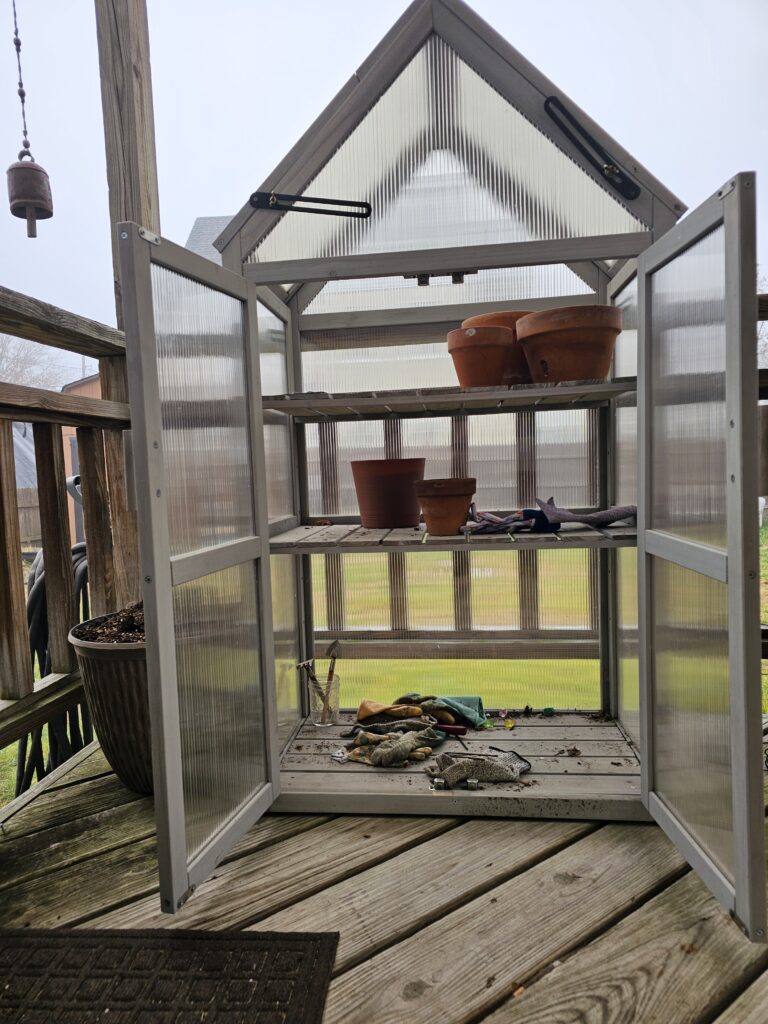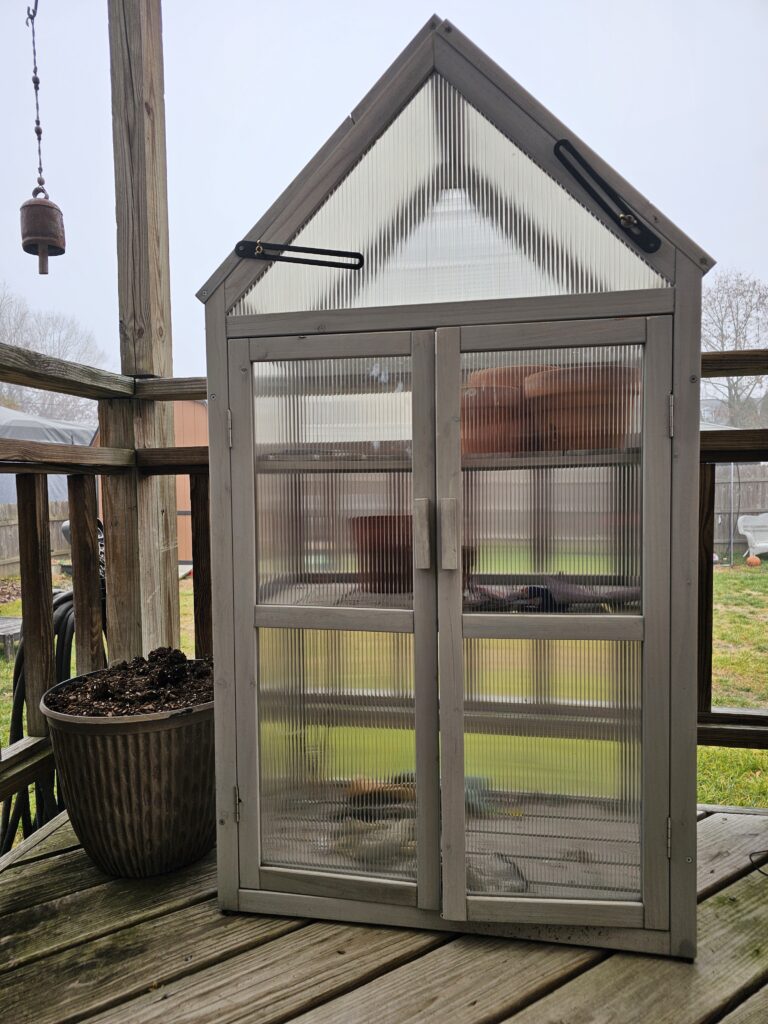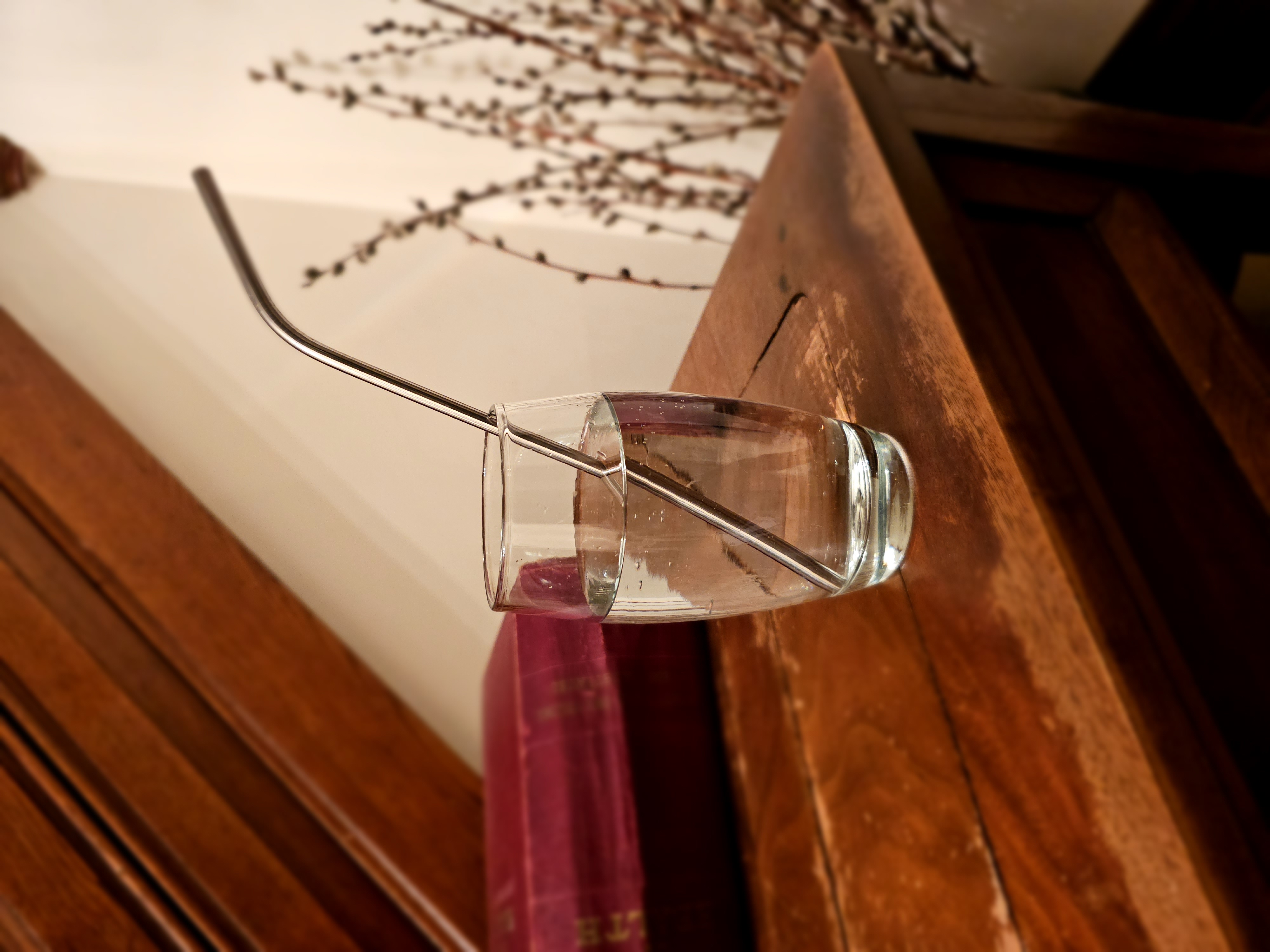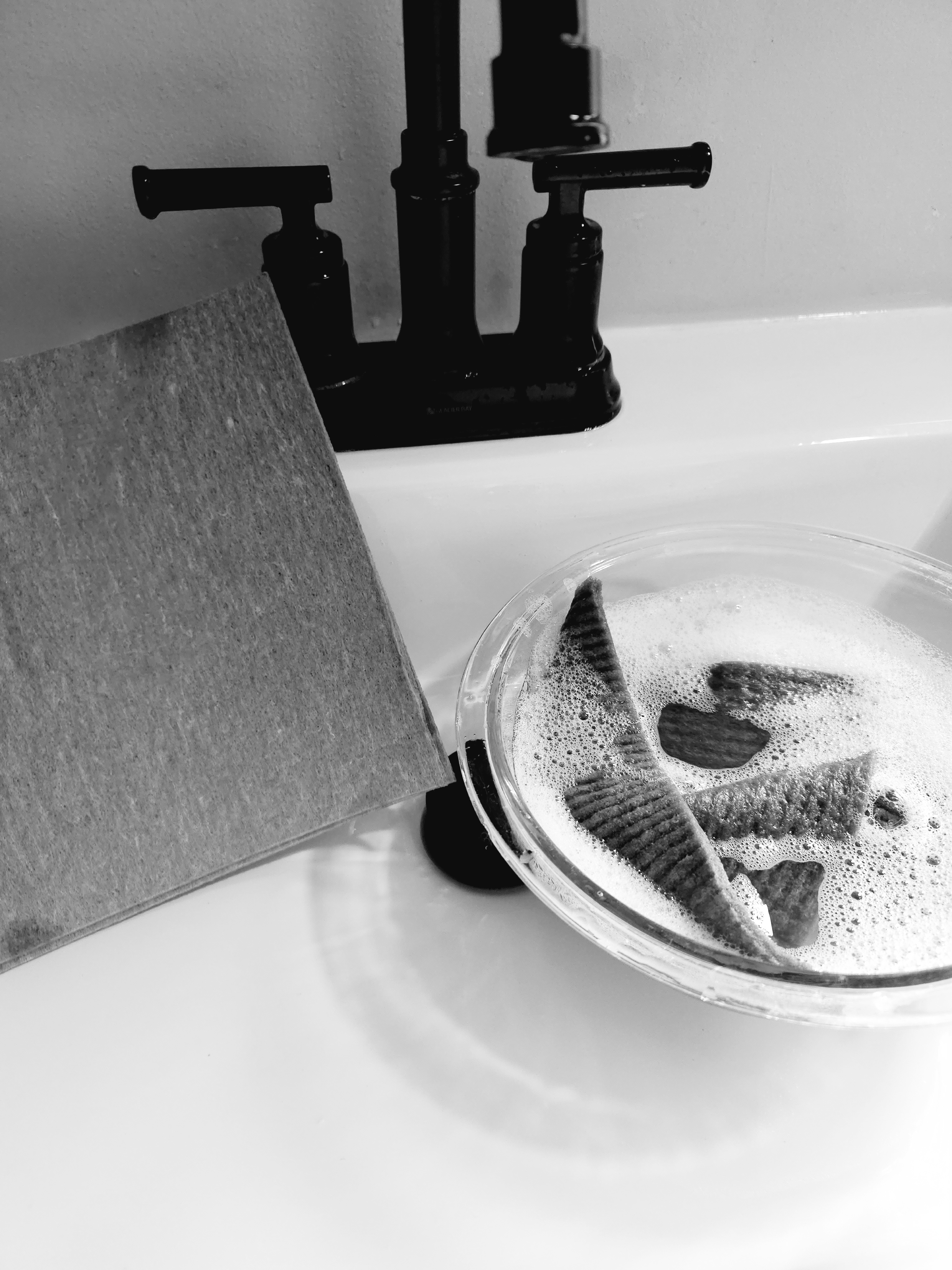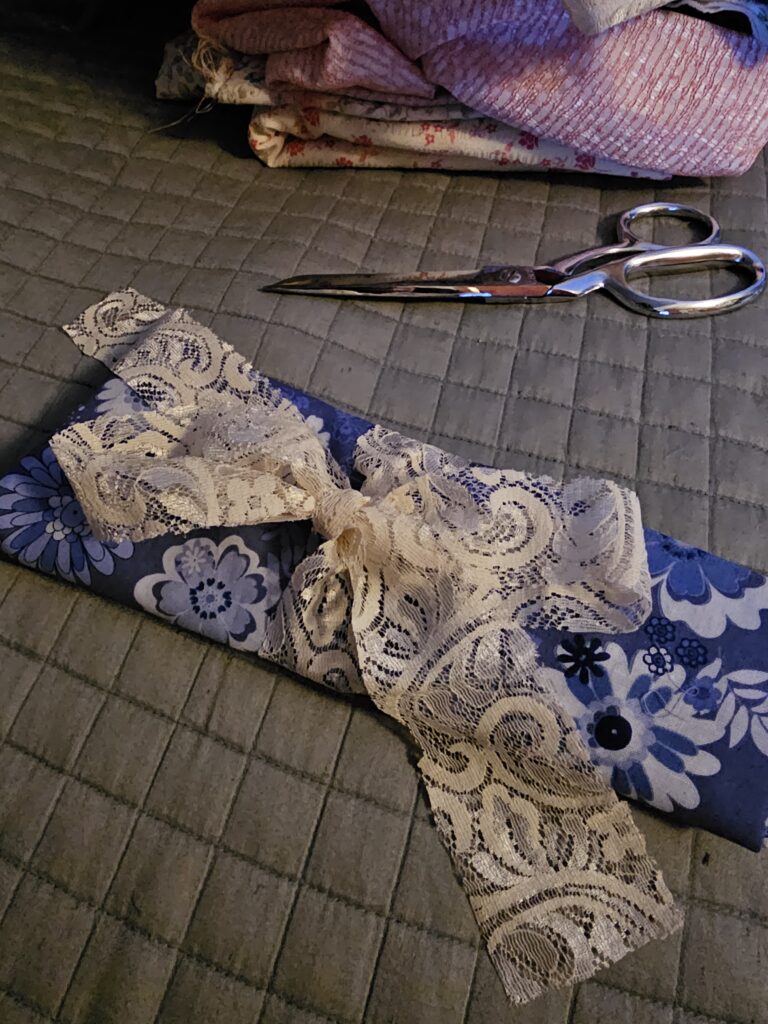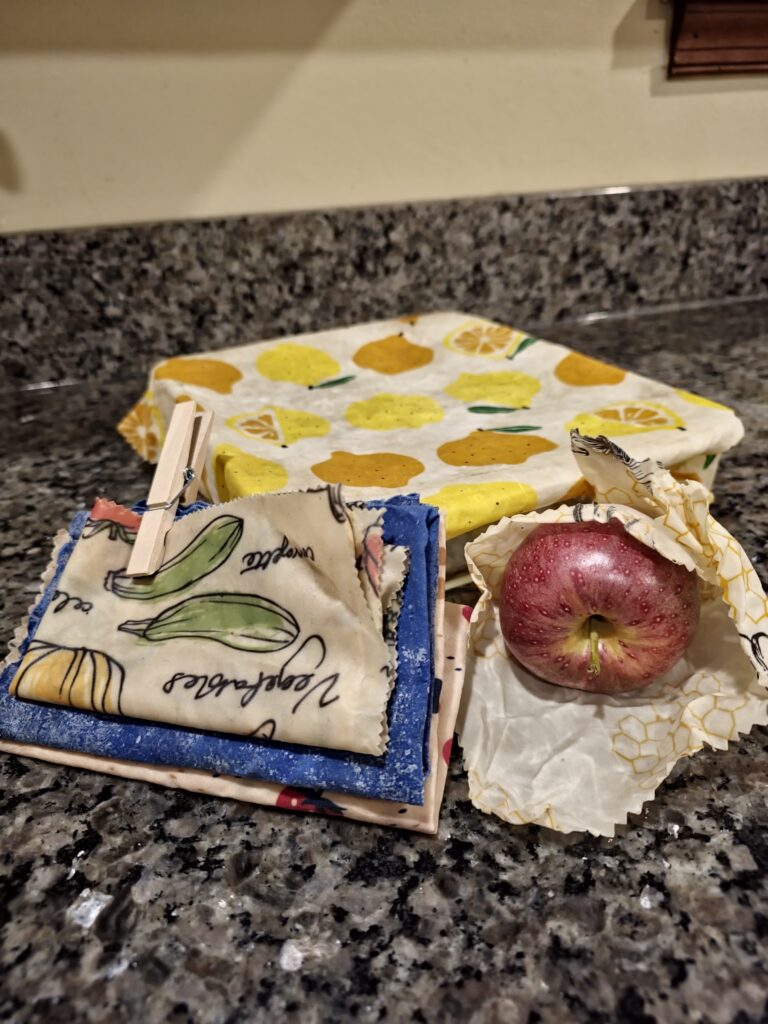Here are some suggestions for creative ways to reuse single-use plastics. As we come across other single-use plastics I will post how we were able to reuse.

Bubble Wrap Bags-This suggestion was from my children’s school, they sent home artwork in these, and it was such a great idea! Kids love to pop the bubbles and we love to reuse them, they fold up neatly and take up no room on a shelf or in “catch all” drawer.
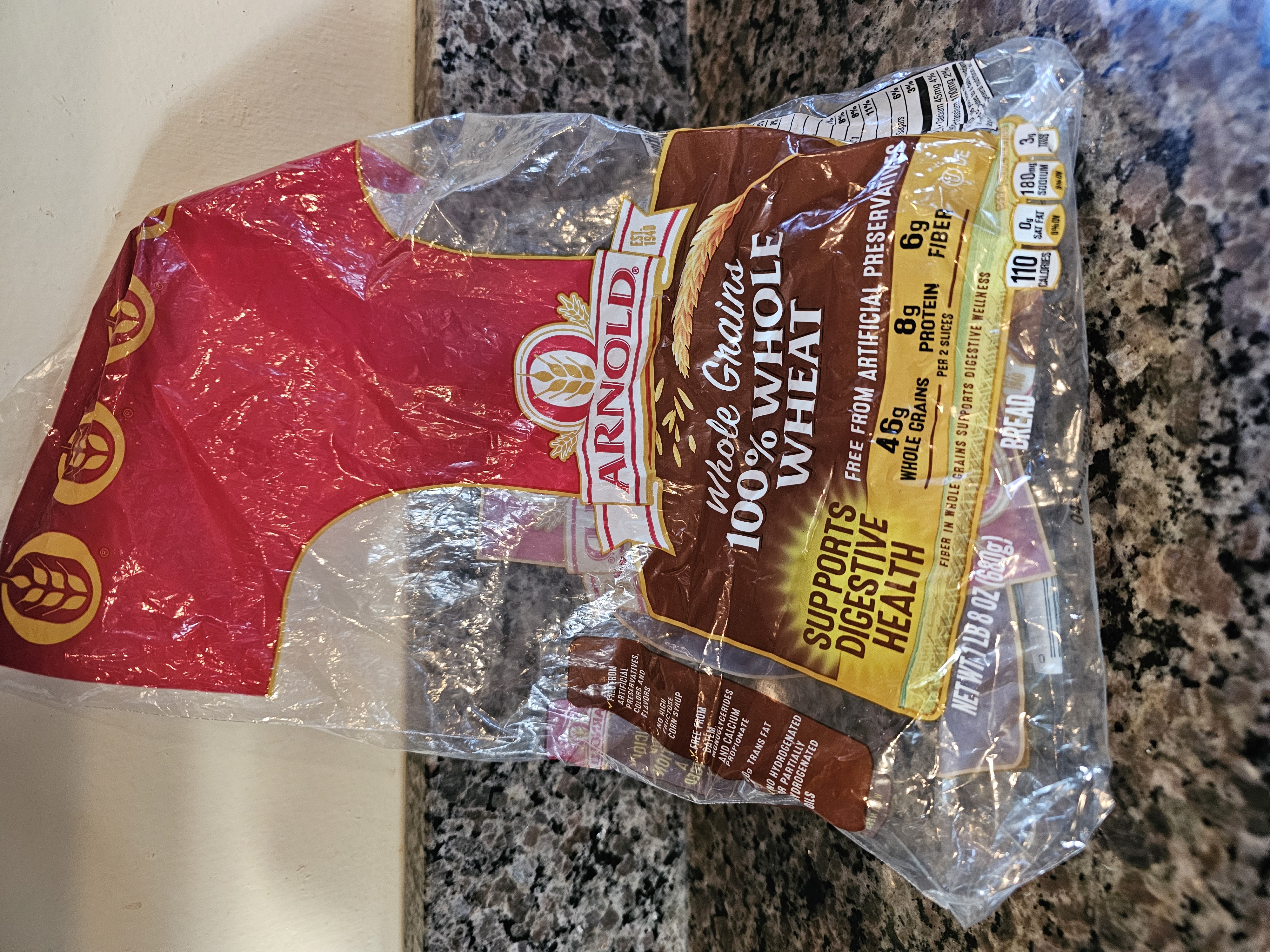
Bread Bags-These bags are one of the most difficult replacements. My most convenient food stores do not carry bread in paper wrapping. Though I can find specialty breads wrapped in paper, standard sandwich bread is more difficult. We have been shaking out the crumbs and folding these up to reuse for cat litter.

Milk Jugs-These are easy to find in glass options, but there are simple ways to reuse the plastic versions. If we end up with plastic milk jugs, I simply rinse them out and store them in a cabinet in the basement. I most commonly reuse them for sowing seeds outside in winter, but I have also been able to send them into school when the room moms request supplies for art and craft projects. I soon plan to post my process of winter sowing from the start, likely the first couple weeks of January, to finish, when I transplant in May. In the past I have grown sweat peas, artichokes and wildflower mixes in reused milk jugs, which helps to avoid the hardening off process in Spring. I will also take the steps to finding sustainable tape, rather than the gorilla or electrical tape I have used in the past.
